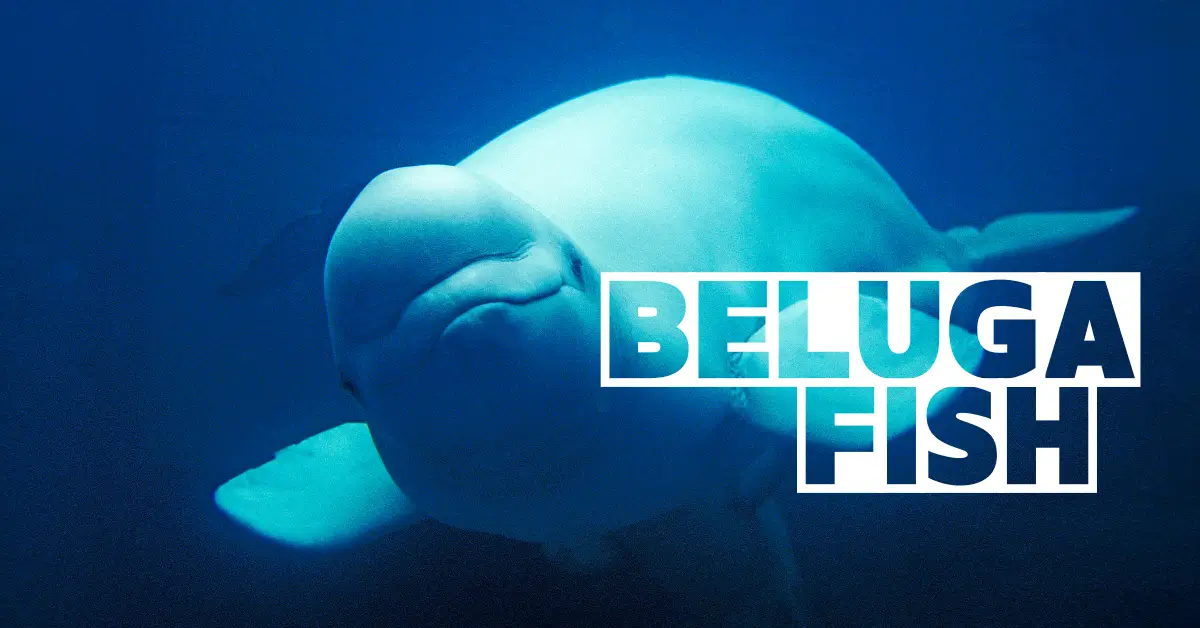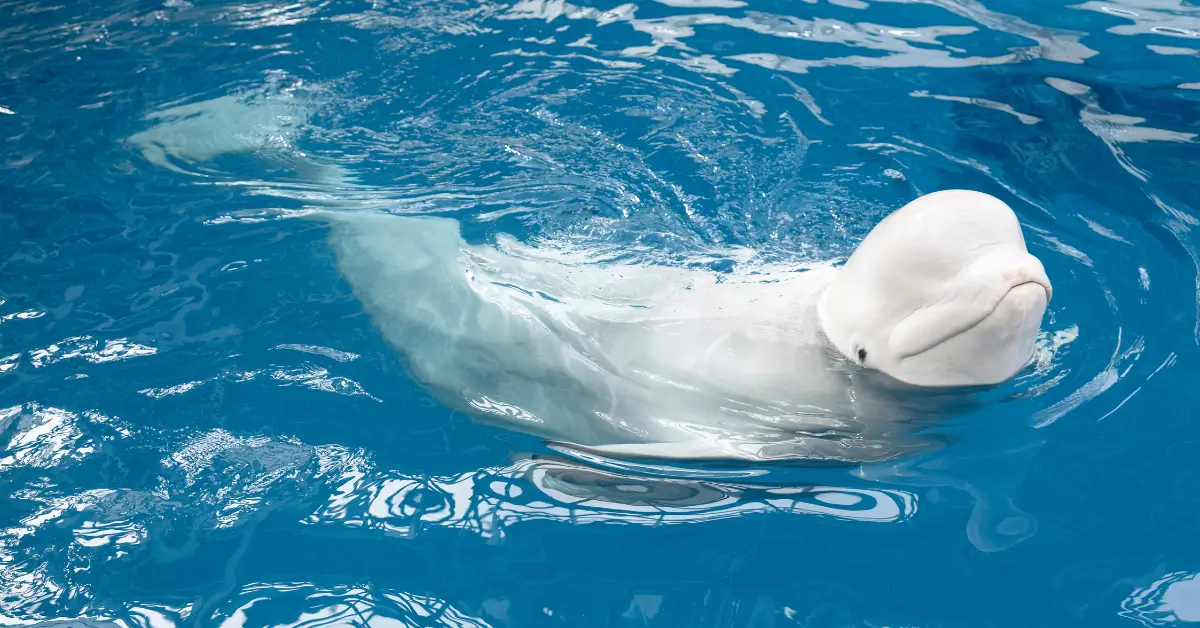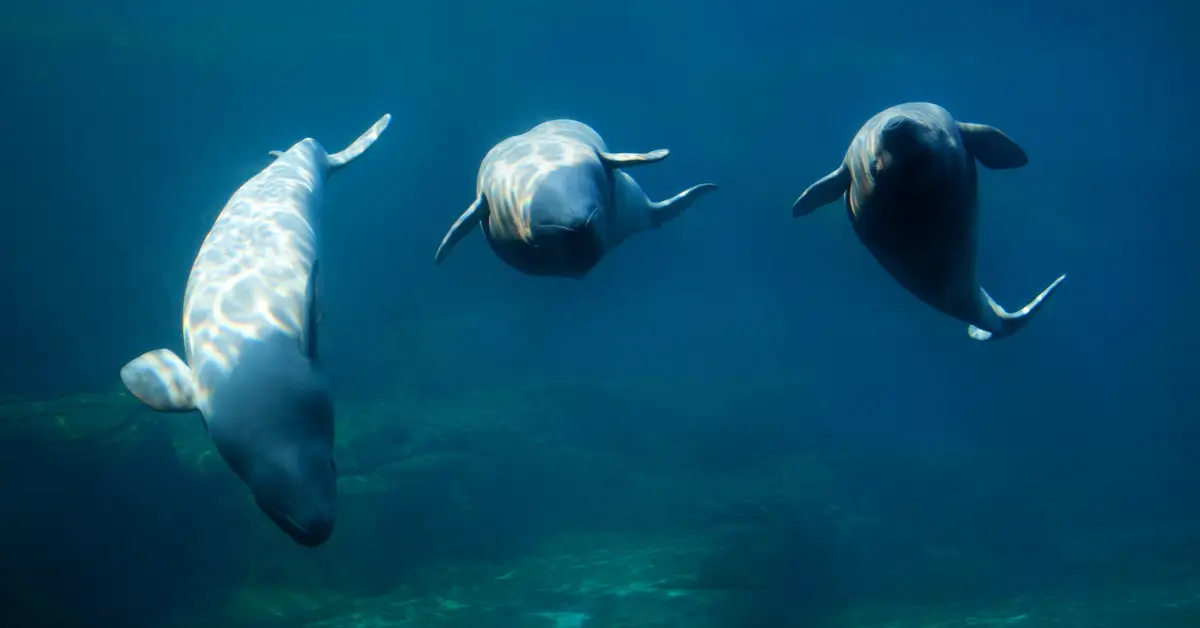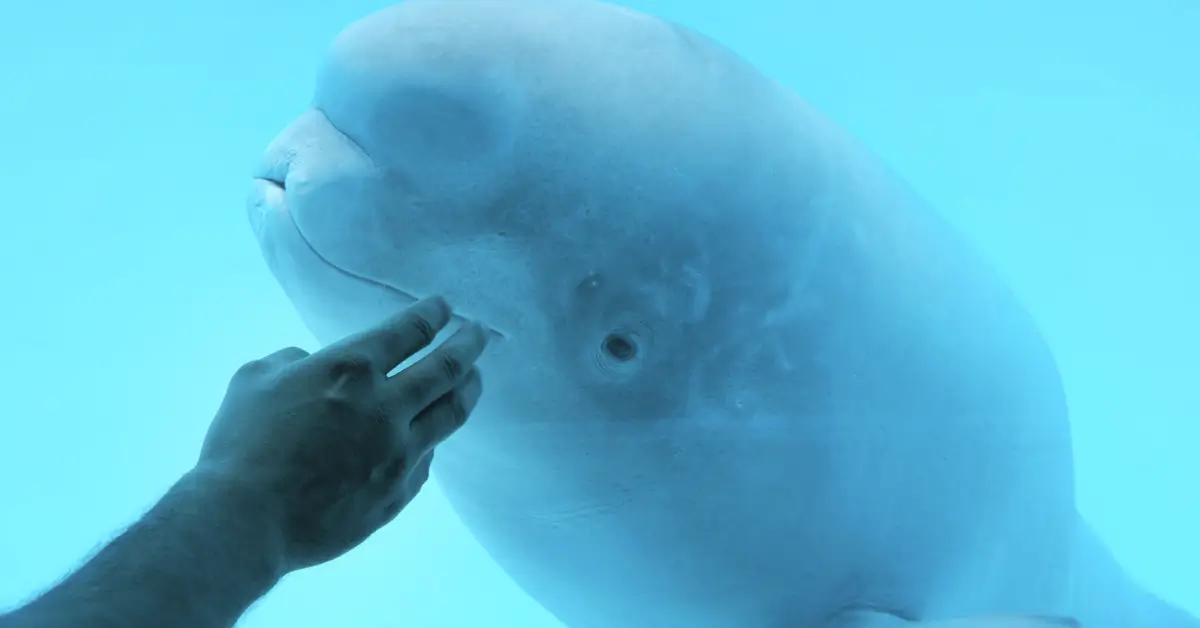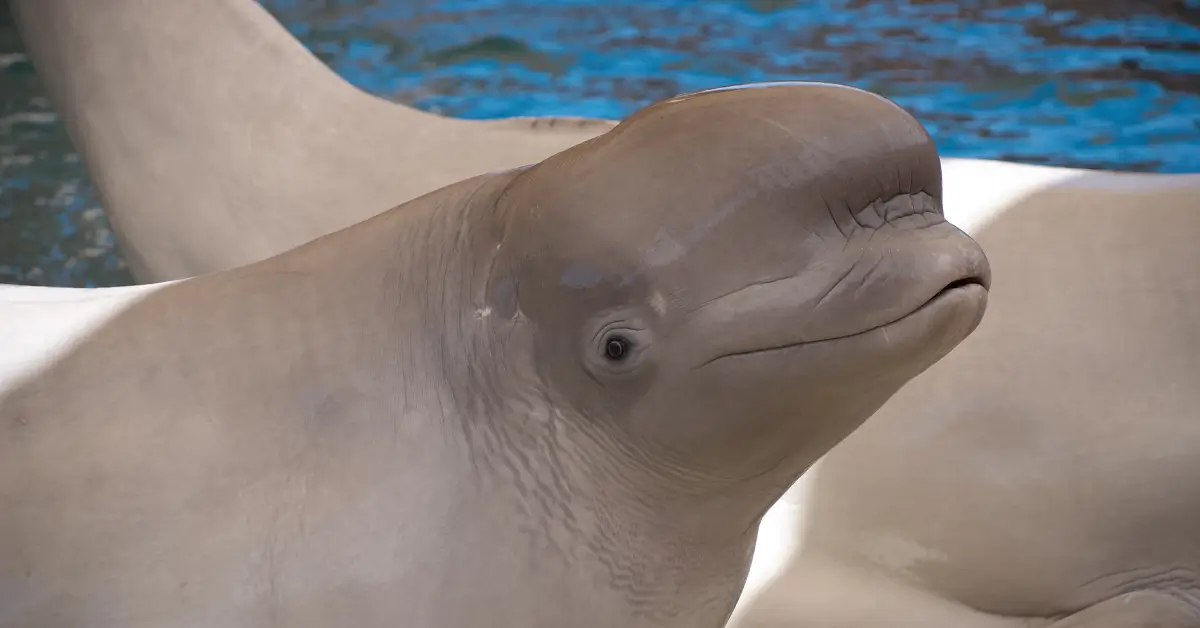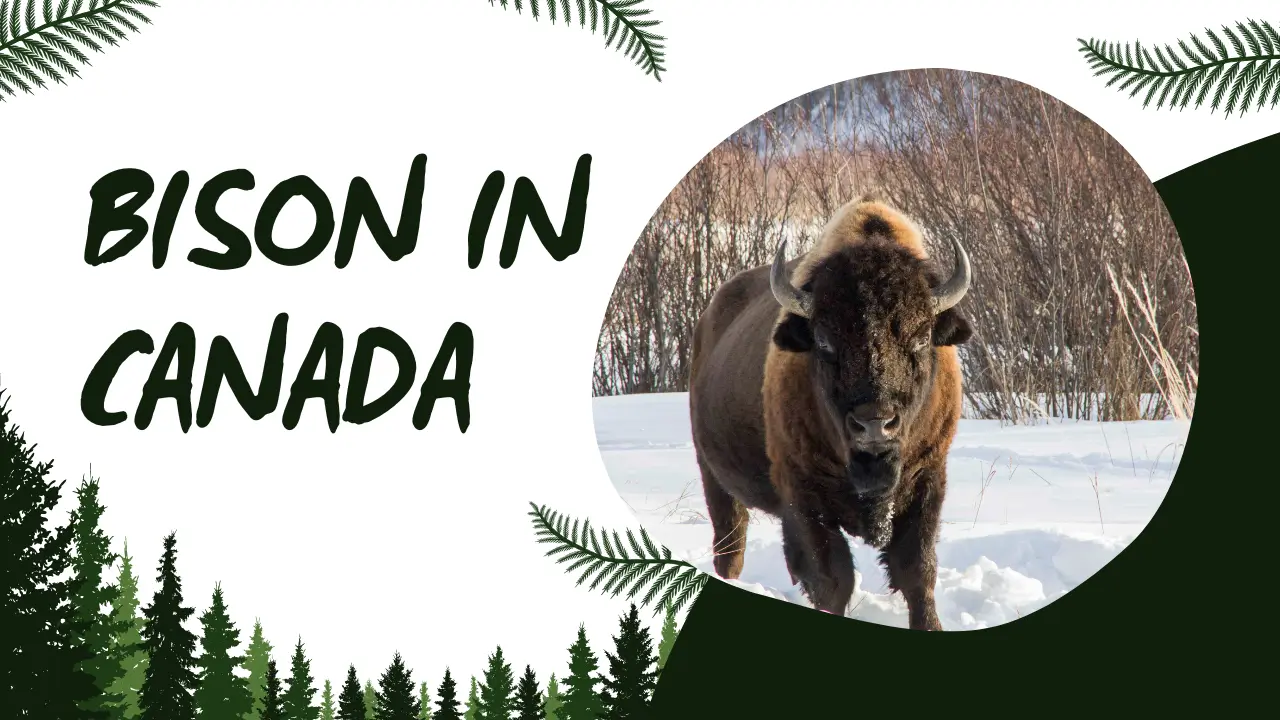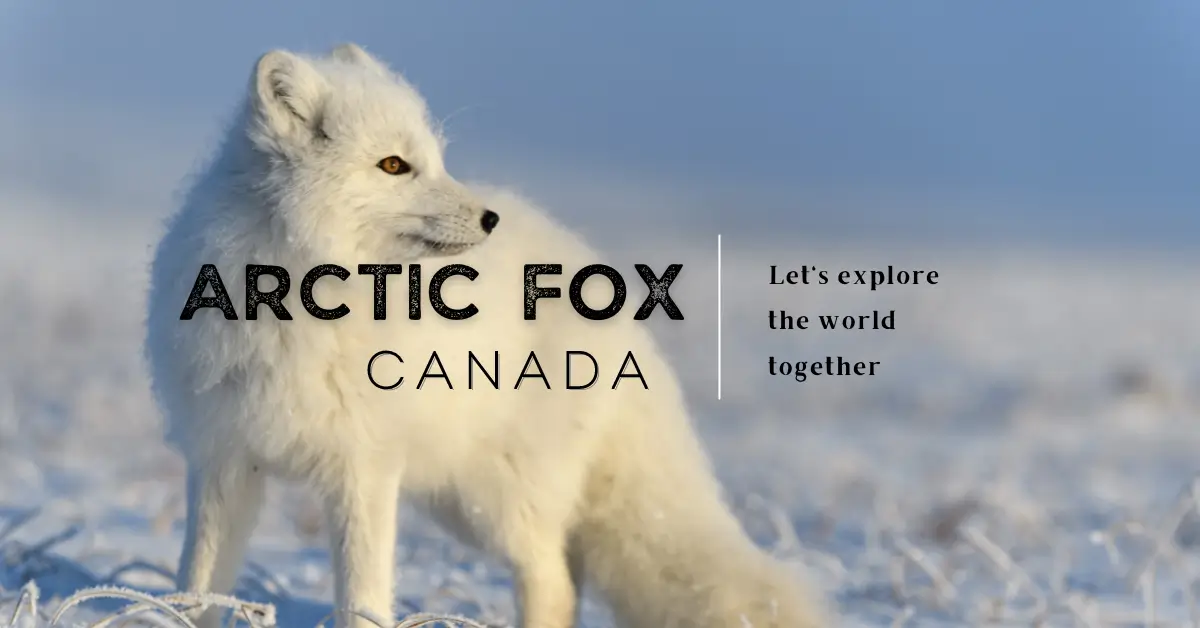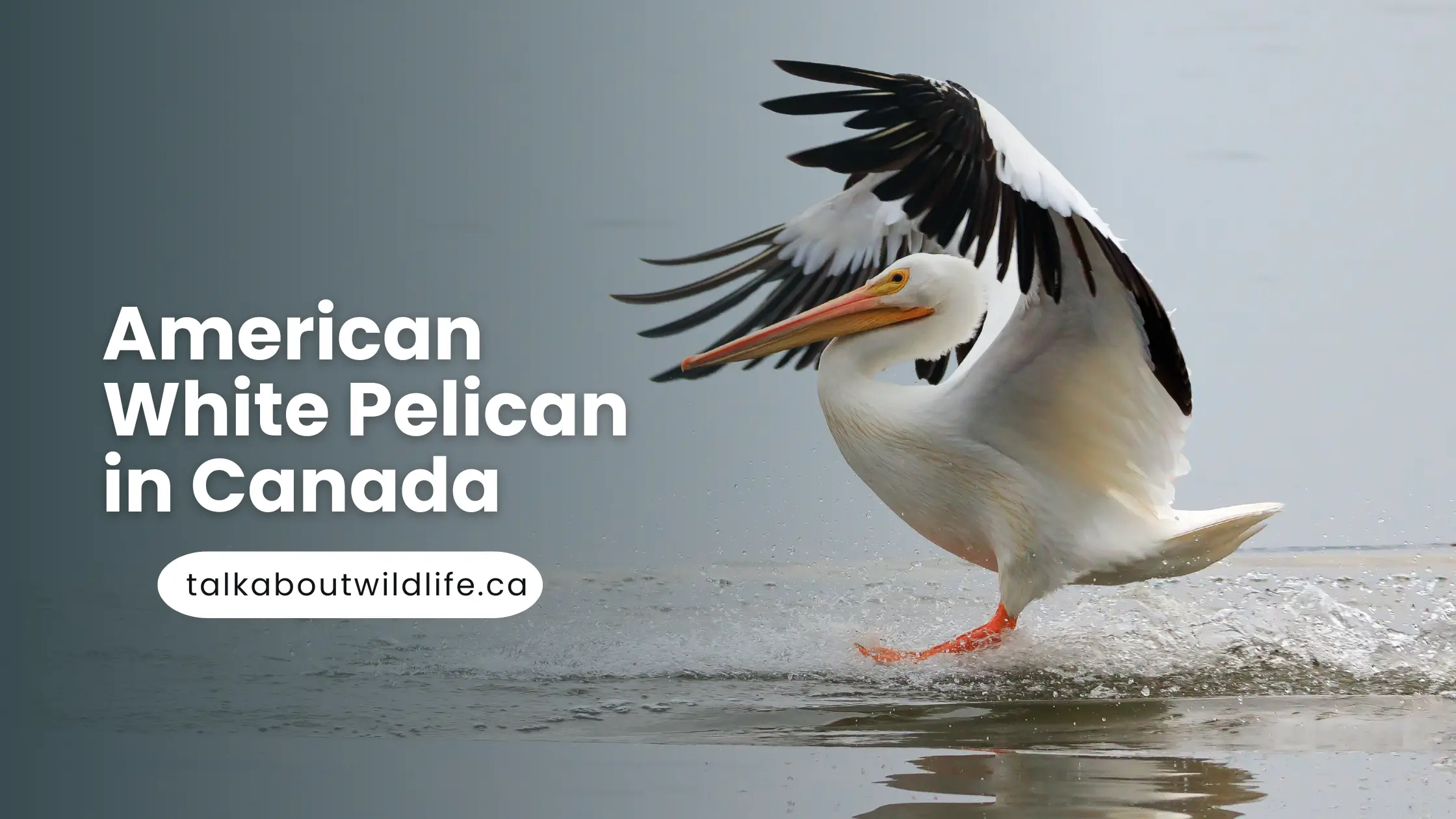The Beluga Whale lives in icy northern waters. Belugas have a round, bulging forehead called a “melon,” which helps them make different sounds. Due to their wide vocal range, these whales are often nicknamed “sea canaries.”
The Beluga whale, also known as the white whale, is a friendly and social marine mammal. They can be frequently seen in various places in Canada where they inhabit large water bodies.
Physical Features and Characteristics
Following are some of the attractive features that can catch the eye of tourists during their visit.
| Features | Relevant Information |
| Scientific Name | Delphinapterus leucas |
| Life Span | About 75 years |
| Diet | Salmon, Arctic Worms, Greenland Halibut, Arctic Cod, Shrimp, Squid, and Lampreys |
| Length | Males are about 3 to 5 meters
Females are about 2.6 to 4.5 meters |
| Average Weight | In the range of 500 to 1500 kg. Males are heavier than females |
| Role in Ecosystem | Role in Whale pump i.e., movement and distribution of nutrients underwater |
| Habitat | Arctic and Sub-Arctic regions, River banks, and Frozen waters |
| Status of specie | Somewhat Endangered |
Fascinating Facts About Beluga Whales in Canada
These whales are of genuine interest to many visitors and sea animal lovers because of their unique characteristics. Below are some of them that can also push you to see these whales;
1. Population Distribution
Canada is home to about two-thirds of the world’s beluga whale population.
2. Vocal Abilities
Belugas are also known as “sea canaries” due to their diverse vocalizations.
3. Unique Neck Structure
They are the only whale species that can move their neck because of unfused neck vertebrae.
4. Echolocation Adaptation
Belugas can change the shape of their “melon” (forehead) to direct their echolocation sounds.
5. Diving Capabilities
Belugas can dive to depths of over 1,000 meters in Arctic waters.
6. Cold Water Adaptation
They have a thick layer of blubber that can be up to 10 cm thick, helping them survive in cold Canadian waters.
7. Color Change
Beluga whales are born dark gray and gradually turn white as they mature.
8. Unique Swimming Ability
They can swim backward, which is unusual for whales.
9. Social Behavior
Belugas often gather in large pods, sometimes numbering in the hundreds or even thousands.
10. Tourism Impact
The Churchill River estuary in Manitoba is a popular spot for beluga whale watching in the summer.
11. Playful Behavior
Belugas have been observed playing with objects like seaweed or bubbles in their natural habitat.
12. Arctic Adaptation
Belugas lack a dorsal fin, which allows them to swim easily under ice.
Subspecies of Beluga whale in Canada
Even though beluga whales are not officially classified into subspecies by scientists, there are distinct groups with unique characteristics found throughout Canada’s waters. These groups are often known as “stocks.”
1. Arctic Beluga
These are the most widespread subspecies spread across the Arctic and sub-Arctic regions, including the Canadian Arctic Island and Hudson Bay.
2. St. Lawrence Beluga
This population is found in the St. Lawrence River creek in Quebec. It is considered a distinct population due to its geographic isolation and specific environmental conditions.
3. Cook Inlet Beluga
The Cook Inlet beluga which is mainly found in Alaska is a unique group closely linked to belugas in northern Canada and is frequently discussed when discussing North American beluga populations.
Sightseeing of Beluga Whales in Canada
Certain places in Canada are known to inhabit a decent number of these beautiful sea animals. Here are some of those places where you can see these beluga whales;
| Direction of the Country | Waterbodies Where Beluga Whales are Found |
| Northern Territory | Hudson Bay, James Bay, Arctic Archipelago, Beaufort Sea, Baffin Bay, and, Cumberland Sound |
| Eastern Territory | St. Lawrence Estuary |
Pro Tip: These locations span from the eastern to the western coasts of Canada’s northern regions.
Best Time and Month to See Beluga Whales in Canada
The below-mentioned seasons are ideal for seeing the Beluga Whales in Canadian territory;
| Season | Months for Sightseeing |
| Early Summer | April to May |
| Mid to Late Summer | June to August |
| Fall | September to October |
FAQs
What are the predators of Beluga Whale?
Polar bears, Killer Whales, Greenland Sharks, and Humans pose a major threat to the species of Beluga Whales in the world because they hunt and feed on them.

